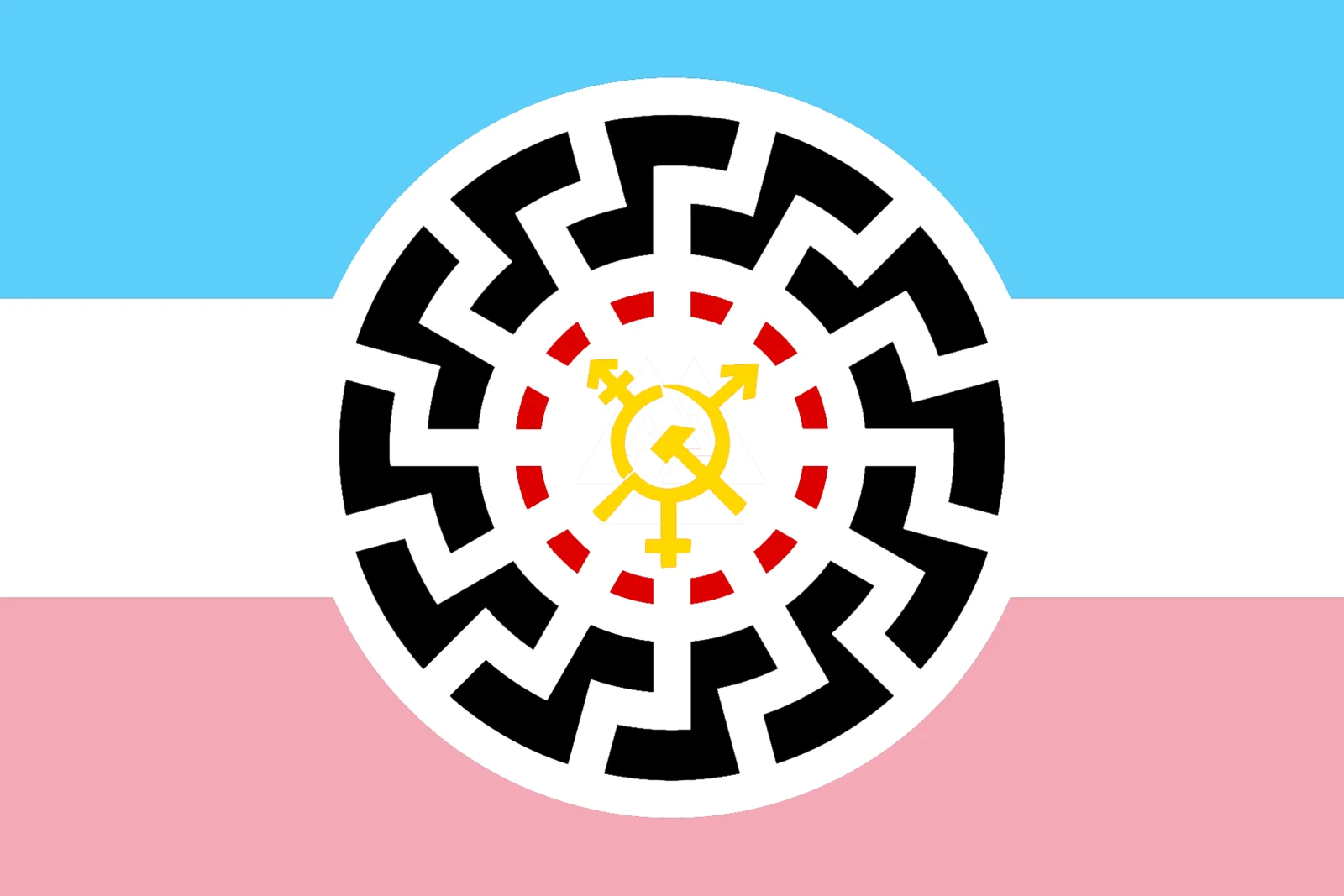This thesis critically interrogates how masculinist practices of breakdancing offers a site for the transgression of gendered norms. Drawing on my own experiences as a female within the male-dominated breakdancing scene in Sydney, first as a spectator, then as an active crew member, this thesis questions why so few female participants engage in this creative space, and how breakdancing might be the space to displace and deterritorialise gender. I use analytic autoetthnography and interviews with scene members in collaboration with theoretical frameworks offered by Deleuze and Guttari, Butler, Bourdieu and other feminist and post-structuralist philosophers, to critically examine how the capacities of bodies are constituted and shaped in Sydney's breakdancing scene, and to also locate the potentiality for moments of transgression. In other words, I conceptualize the breaking body as not a 'body' constituted through regulations and assumptions, but as an assemblage open to new rhizomatic connections. Breaking is a space that embraces difference, whereby the rituals of the dance not only augment its capacity to deterritorialize the body, but also facilitate new possibilities for performativities beyond the confines of dominant modes of thought and normative gender construction. Consequently, this thesis attempts to contribute to what I perceive as a significant gap in scholarship on hip-hop, breakdancing, and autoethnographic explorations of Deleuze-Guattarian theory.
The worst part is that this is only the second worse example of Australians appropriating African-American youth culture. Maybe if Snipes used the correct academic jargon and cited the right French libertarians he, too, could have a PHD in cultural studies












Jump in the discussion.
No email address required.
The B in B-girl stands for benis DDD
Jump in the discussion.
No email address required.
More options
Context